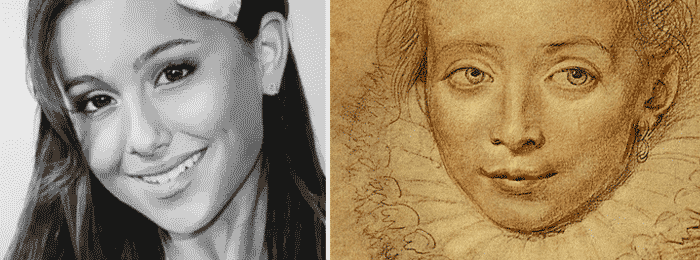Question from Carol, Drawing Academy student
Dear Vladimir,
First of all, I want to thank you for the course. I have been inspired to work more diligently at my drawing.
I have wondered why hatching is considered superior to very smooth shading? At first I did not like the look of hatching, but as I have studied more and more drawings by the masters, I have come to find it very beautiful. My pencil, however, sometimes goes back automatically to what you might call grade school drawing. Nevertheless, I love doing the hatching and cross hatching. I practice this on whatever paper is available. I’m afraid walls might be next.
Again, many thanks.
Carol
Drawing Academy Tutor
Dear Carol,
Many thanks for your positive feedback and your questions.
I’m glad that you find the Old Masters rendering techniques beautiful. Analyzing their techniques is a good way to improve one’s art taste.
Rendered pencil strokes is like a hand-writing – it is your very own and unique signature.
All tone-filled artworks (done without lifting a pencil) look as they were made by the same artist. Every beautifully rendered drawing has a recognizable style looks original and unique.
 Here’s the example to consider:
Here’s the example to consider:
Let’s say a craftsman makes a perfectly rendered drawing by copying a photo, applying indistinguishable pencil marks. The more precise and smooth it is done, the more similar to the photo an artwork will look. Such hyper-realism is becoming the objective of this exercise. That’s what so many self-taught artists are striving for. That’s what so many so-called art teachers are teaching.
Giving that the artwork in graphite pencil is a “perfect” copy of a black-and-white photo or the colored pencil artwork looks identical to the color photo, the photograph of such an artwork will be a carbon copy of the original photo. Thus an artist eliminates himself or herself from the creative art process and becomes an anonymous human photocopier.
When you see a photo of an original artwork done by an Old Artist, you can recognize the art style – Renaissance, Baroque, Classicism, or other, you can tell the approximate date and place of creation – Italy, Northern Europe, Russia, and so on, and most importantly, you can tell who is the author of this artwork – Michelangelo, Rubens, Rembrandt…
You can do that even if you haven’t seen this particular drawing ever before.
That is what we advocate and teach in the Drawing Academy course – to master traditional drawing techniques and develop original and unique creative style. That is why we teach time honored professional methods of tonal rendering and advise to learn from the rich heritage of the Old Masters.
I hope this clarifies your doubts about the rendering styles.
To your creative success,
Vladimir London
Drawing Academy tutor









Thank you for sharing this. I know her feelings. I have been drawing since childhood but left it for years to do painting instead, as I love colours. Now I am ready for new input about how to draw your way, as I find it very beautiful. I have never before used the cross hatching as accurate as you do, and I think it takes a lot of practice! I have so far almost finished first months drawings, so I have a long way to go, but I love it! Thank you so much for these excelent Lessons. Lene
I did a separate post today on this very subject. The Spring issue of Drawing magazine published its Shades of Gray contest winners. They are mostly photorealistic works. I don’t understand why a Drawing magazine would promote this. They are definitely skilled copies but not art in my opinion. The very same issue has an article on Leonardo. To me they are not complimentary but contradictory. One of the artists mentioned that they were exhilarated by perfecting the minutiae in charcoal. To me that seems boring. I have been having a healthy debate with my very talented daughter that was enamored of these drawings initially, but is now starting to question them. My question is when did this movement start and why is it so popular?